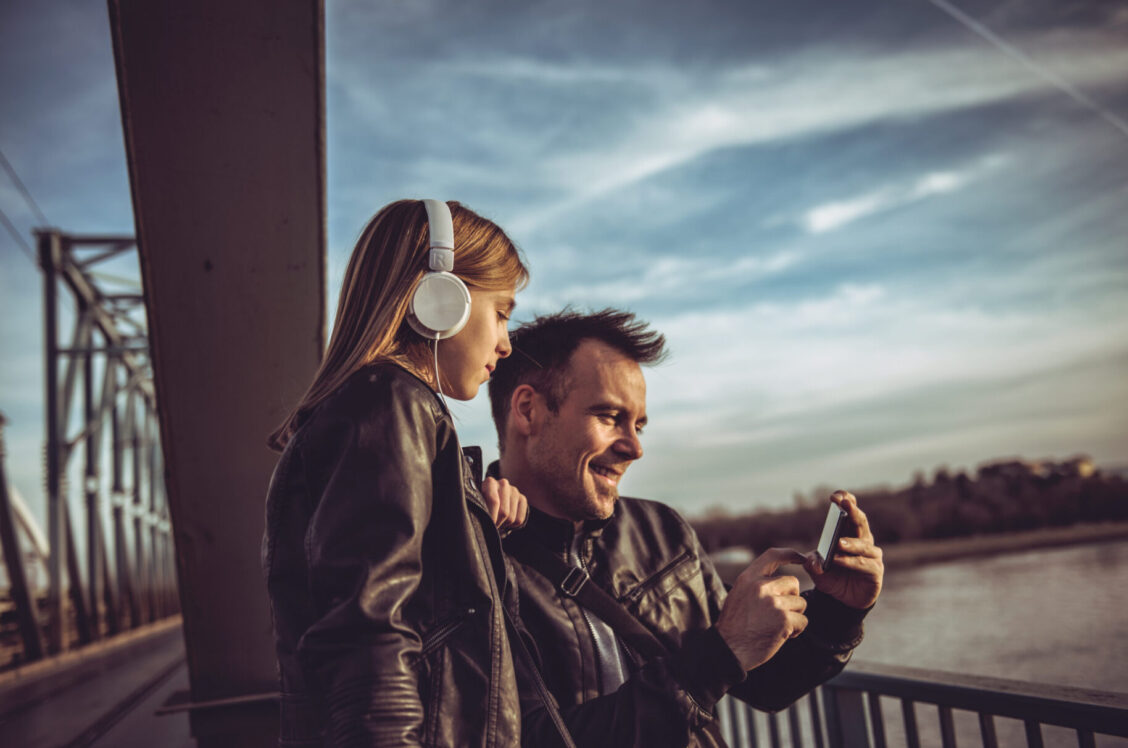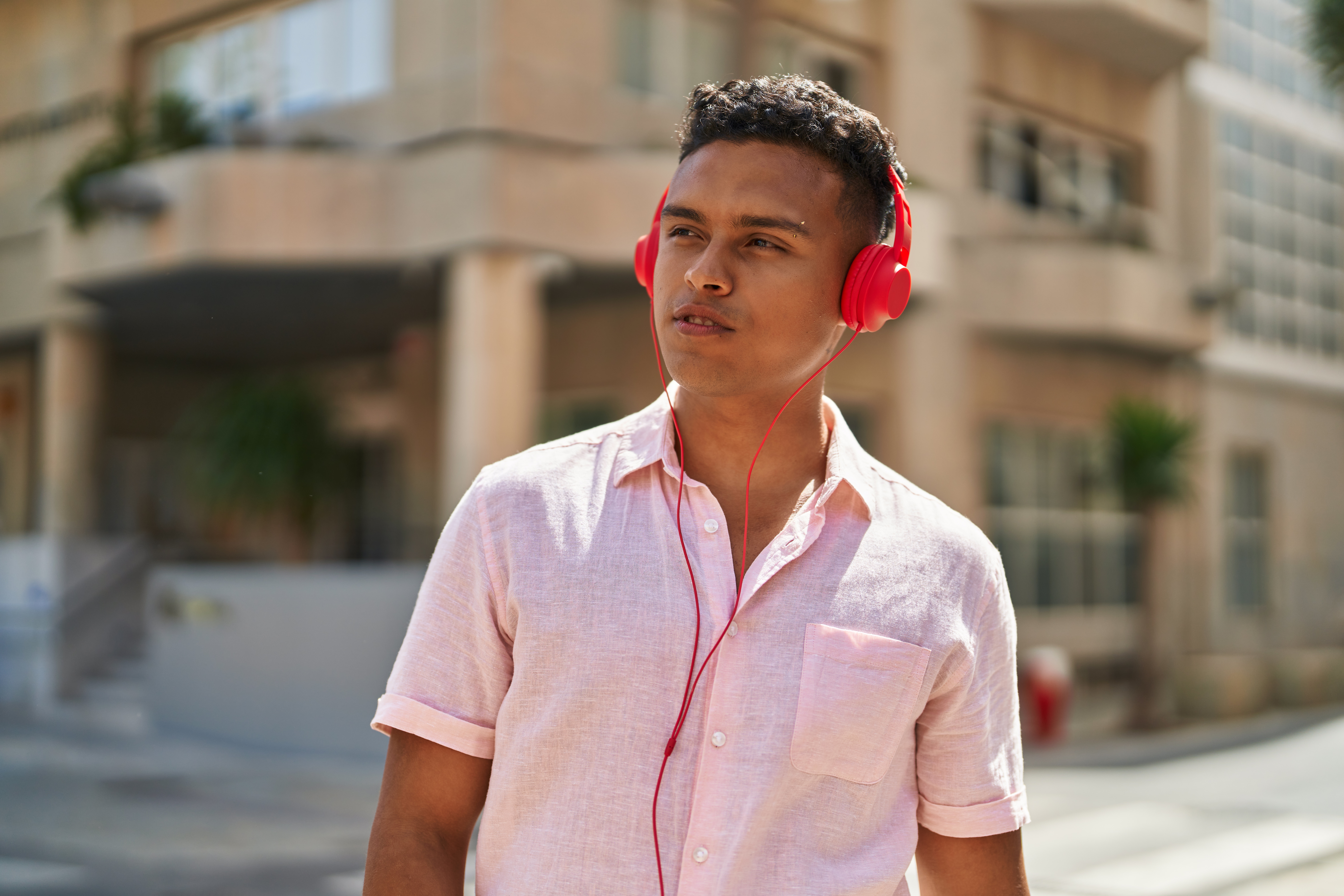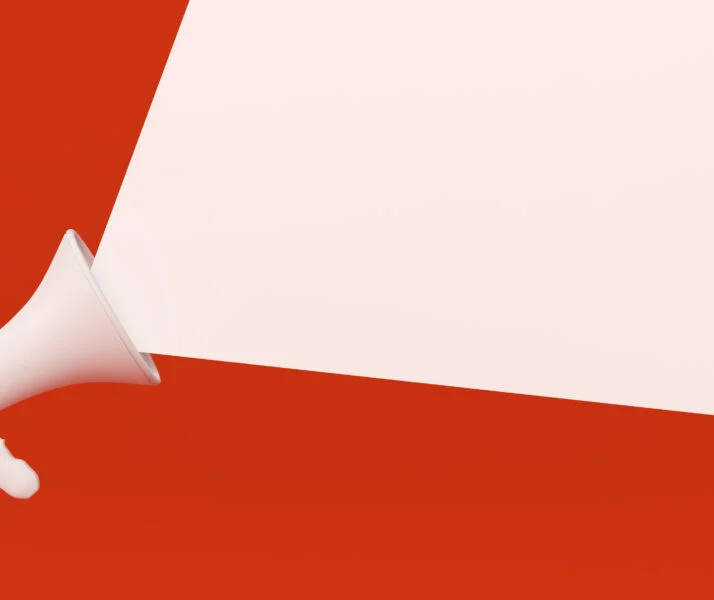
Audio media consumption in the U.S. has risen dramatically in recent years and it’s time for brands and marketers to take notice.
Last year, data released from marketing intelligence firm WARC and iHeartMedia revealed something startling: Audio represents 31% of the average consumer’s media consumption, yet it receives only 8.8% of the average media budget. A staggering 25% of advertisers do not invest in audio at all.
This gap between consumer attention and ad spend isn’t new. Historically, as emerging media channels began to proliferate, marketing budgets tended to lag behind user adoption. Audio media consumption and marketing budgets have followed a similar curve. But today audio has reached a level of maturation wherein marketers must take notice to ensure they’re meeting consumers when and where they’re engaging with media most.
Audio is delivering results across the funnel—driving and reflecting culture, creating reach, and connecting and engaging with key demographics. And the pace of evolution and innovation in the space is fast and furious. Why audio, why now? Let’s get into it.
The rise of digital audio
Digital content has quickly become the main type of media we consume, and audio, specifically creator-led audio, is taking a primary role thanks to its diversity of content, influence on culture, and ability to capture and engage listeners. This year global streaming music listeners will hit 750 million, and the podcast industry anticipates a 20.78% compound annual growth rate from 2024 to 2032.
Audio’s ascent has largely been due to the fact that it is free and offers an incomparable diversity of content. Audio consumption has consistently gone up over the years and even remained resilient throughout the COVID-19 pandemic. Podcast consumption in particular is growing across age groups, solidifying the broad based appeal of the genre. And this isn’t just passive listening, about one-third of listeners have tried a lifestyle change because of the influence of a podcast they listen to.
These factors have coalesced to place audio at the center of culture. Today, cultural outlets regularly cover podcast culture and creators, underlining their status as powerful influencers. And as younger audiences continue to make audio a centerpiece of their media consumption (52% of Gen Zs say that podcasts bring them closer to the zeitgeist of culture, for example), the influence of this medium is here to stay.
The opportunities
Audio is flexible, ubiquitous, and, unlike any other media types, can follow users throughout the day. While scrolling social media or watching YouTube locks us to our screens, we can tune into audio content while commuting, washing dishes, working out, or falling asleep at night. That’s part of why audio has become such a large part of our lives. For example, Spotify users listen across devices for an average of 2.6 hours per day.
Audio channels work seamlessly with one another and others in the media mix, creating crucial incremental reach. A Sounds Profitable study found that among 25- to 54-year-olds, podcast advertising extended the reach of weekly radio listeners by 12% and TV viewers by 15%. This increased among younger demographics to 18% and 19% respectively for 18- to 34-year-olds.
In fact, audio improves the performance of other advertising channels across the board. The Guardian conducted a study on the compounding effect of podcast ads on other advertising campaigns, finding that response rates increased by 34%.
Additionally, audio has the scale to reach mass audiences as well as niche ones. Podcasts now have more listeners than ever. In fact, 47% of the U.S. population over the age of 12 have listened to a podcast in the last month, with listenership growing 450% in the last 10 years. It’s not just Gen Z who is avidly consuming audio. In fact, audio reaches every demographic, including crucial groups with lots of capital like the 35 to 54 set, 41% of whom listen to podcasts weekly.
The innovations
As audio has evolved, so has the technology. Today, new tools have made digital audio media easier, safer, and more effective to buy and measure. A newer addition to the audio measurement toolbox is pixel-based attribution. By leveraging pixels, we now have the ability to track when someone downloads a podcast episode and match it to their subsequent website activity giving the channel the same attribution visibility as other digital ad channels.
Brand safety, too, has advanced since early days. Companies like Barometer, who have built platforms that leverages AI to analyze podcast transcripts for content and sentiment flags and create an overall score. Tools like these are eliminating the guesswork and brand safety concerns that had previously been associated with buying audio media.
Brand safety isn’t the only area of audio where AI is having an impact. AI is evolving the concept of dynamic creative optimization, which allows media teams to generate multiple versions of an ad from the same creative. New tools like Claritas’s AI Personalization (AIP) evolve this concept by aligning different creatives and messaging across the consumer journey, delivering the right message at the right moment across audio, digital, video, the web, email, text, and call centers. These tools allow the ad creative to constantly be optimized without time-consuming oversight from media teams.
Seize the audio opportunity
The growing role of audio in global culture has long been underestimated, but the opportunity for brands and marketers is material. Aligning spend with the momentum across the audio industry represents an opportunity for brands to do more with their ad dollars and enter into an exciting cultural conversation that ups their relevance.
It’s time to bridge the gap. Expand reach and grab more consumer attention by reconsidering how audio functions in your media mix. What are you waiting for? Let’s talk about what audio can achieve for you.


